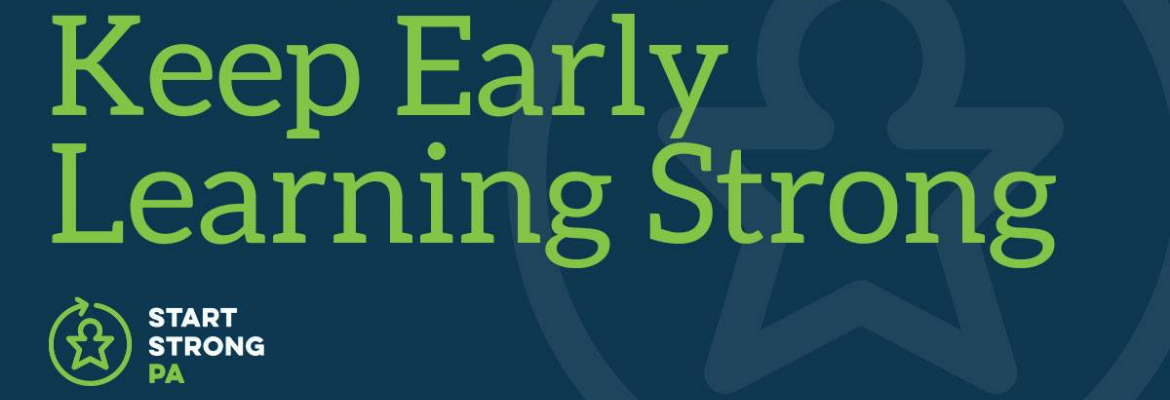Budget Signed, But It’s Not Over
August 11, 2023
When Governor Shapiro signed the budget on August 3rd, there was a collective sigh of relief from state-funded programs. Fortunately, child care subsidies were among the select programs that continued receiving funding during the impasse. The new budget maintains the rate increases Pennsylvania implemented with Federal American Rescue Plan Act (ARPA) funding. It enables families with incomes up to 300% of poverty to maintain their eligibility for Child Care Works.[1] However, while the budget contains nearly $104 million in new state funding for child care, this increase does not address the critical issues regarding staff compensation for the field.
The budget impasse left Pre-K Counts providers in limbo. For the first time in the program's history, a budget impasse collided with a 5-year recompete process. During the last prolonged impasse in FY 2015-2016, providers had existing contracts to recruit staff, enroll children and open their programs. While funding was held up, providers did not have to deal with the uncertainty of whether or not they were still a Pre-K Counts program.
Nearly a week after the signing of the budget, Pre-K Counts programs received notification of their contract status and could finally move forward. There were losses and gains for some programs. Without Governor Shapiro’s proposed $30 million increase to Pre-K Counts, providers will likely continue to be challenged to compete for qualified early educators. We also expect policymakers to begin looking closely at unfilled slots although without additional resources providers will continue to struggle to staff and keep classrooms open.
There are still some components of the budget that may not be completed until the legislature comes back. Hopefully, funding will flow shortly as we continue to educate policymakers on why investing early in children, families and their teachers, is an investment in the Commonwealth today and into the future.
Thank you for all the work you did over the last year to deliver this message. We still have work to do. Deep breath … Next.

Diane P. Barber
Executive Director
[1] Families can enter the system with incomes no higher than 200% of poverty. Prior to the change to the 300% threshold, families became ineligible once their incomes exceeded 235%.






